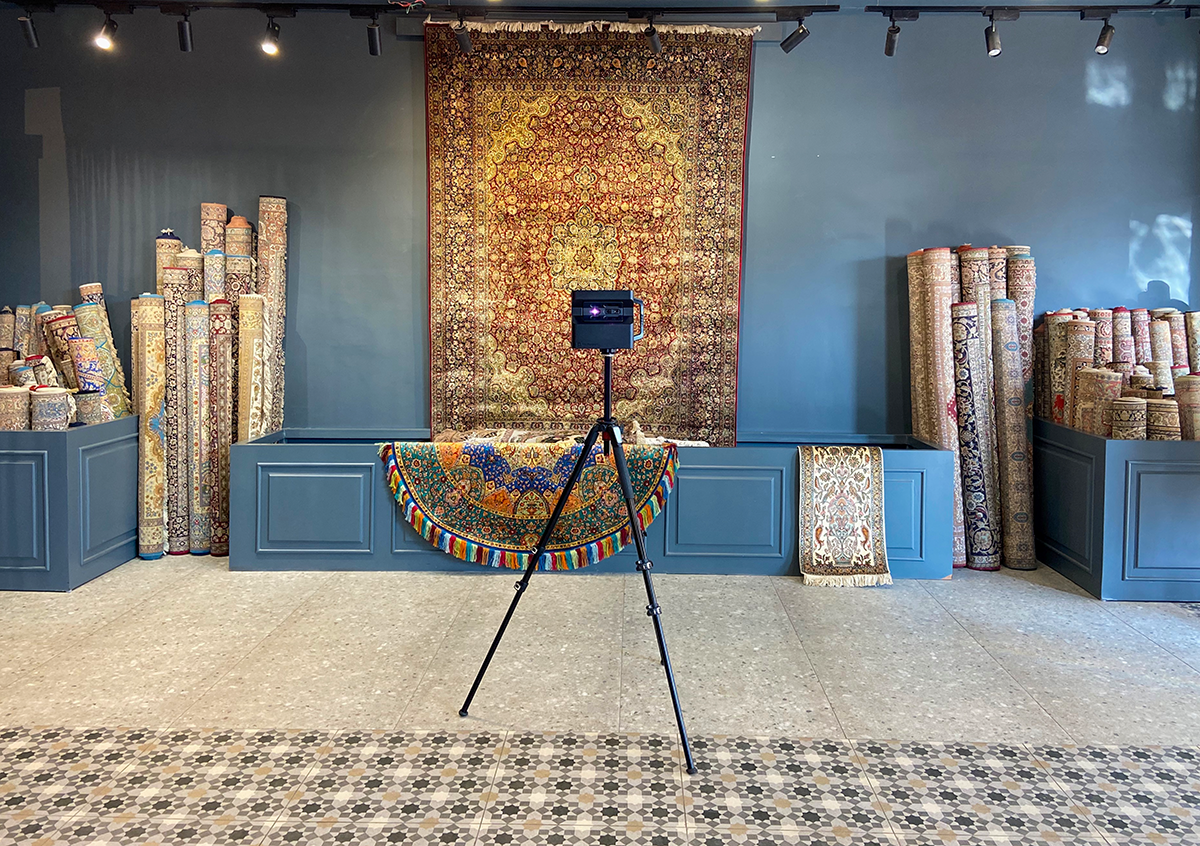
In India's hyper-competitive local markets, the digital storefront is now the primary storefront. A potential customer's first interaction with a business is overwhelmingly on Google Maps. This presents a critical paradox: while Google's massive Street View mapping effort has achieved near-ubiquitous coverage, it has not translated to accurate representation. For millions of Indian businesses, the default street-level image is a lottery—often resulting in an obstructed view, an unflattering angle, or even a picture of an adjacent slum.
This analysis examines why seizing control of this "digital curb appeal" is no longer a marketing novelty, but a strategic imperative, and provides a practical path for businesses to take action—even with zero budget.
The Problem: When the Default Impression is Damaging
The automated, vehicle-based capture of Street View imagery is designed for scale, not quality. This creates a disconnect between a business's actual quality and its digital representation. This isn't just a minor issue; according to BrightLocal's 2025 consumer survey, businesses with a complete Google profile, rich with high-quality, user-centric photos, command 2.7 times more trust than those without. A poor default image actively erodes this trust before a customer even considers visiting.
The Solution: Seizing Control with a Virtual Tour
A 360° virtual tour, integrated into a Google Business Profile (GBP), transforms a static listing into a powerful, trust-building asset. It replaces the poor-quality default and directly impacts search visibility and foot traffic.
Click to Explore
The ROI of Digital Trust: A Data-Driven Look
The impact of this investment is quantifiable. A Google-commissioned study by Ipsos MediaCT quantified how virtual tours directly influence customer behavior at the most critical stage of their decision-making process.
Increase in Interest & Consideration
Of Searches Result in an On-Site Visit
Of Visitors Become Customers
An Accidental Case Study in Digital Trust
The power of authentic, ground-level imagery on Google Maps cannot be overstated. As a long-time Google Local Guide, an analysis of my own contributions reveals a stark data point: a modest portfolio of just 822 standard photographs has generated over 47.5 million views (4.7 crore) as of September 2025.
This data is not a personal achievement, but a proof of concept for a fundamental principle: Google's mapping ecosystem is fundamentally engineered to reward authentic, user-centric content. It craves imagery that fills in the gaps left by its automated systems. When a business owner provides this high-quality content themselves—especially a high-utility asset like a virtual tour—Google rewards it with visibility. Your authentic view of your own business is more powerful than you think.
A Contributor's Field Notes: Practical Tips for Improving Local Listings
Any business owner can adopt the mindset of a successful Google Maps contributor to enhance their own digital presence. These principles, whether applied to your own business or as a community-minded Local Guide, are universally effective.
- Spot the Opportunity: When you're out, pull out your phone and look at a local business listing on Google Maps. Do you see a small, square-shaped icon above the main image labeled "Street View & 360"? If not, you've found a golden opportunity. That business has no interior tour, and you can be the first to provide one.
- Create Your Own Tour for Free: Using the Matterport Capture app on your smartphone, you can create a legitimate virtual tour. Once you've captured and uploaded your space, download the individual 360° photos and upload them to the business's Google listing. Google's system will connect them and create a navigable tour with chevrons. (Pro tip: Matterport's free plan has a one-space limit, but you can always archive a space after downloading the images to make room for a new one.)
- Develop a Photographer's Eye: Look for opportunities when a space is empty and well-lit (dawn and dusk are often dramatic). Use your phone's autofocus by tapping on the storefront's banner, keep the phone level, and capture a clean shot. Simple edits like straightening and cropping in your phone's default editor are all you need.
- Prioritize Underserved Listings: Malls and major landmarks have millions of photos. The real opportunity lies in documenting the places that are often overlooked: small businesses, ATMs, government offices, and police stations. A single, high-quality photo of an under-photographed location can quickly become the profile image, guaranteeing exponential views.
- Be Ethical and Respectful: Never photograph private individuals without explicit consent. If people are in the frame, either wait or politely ask if they would mind stepping aside. If you must capture an image with people, faces and license plates must be blurred. Always ask for permission from a business owner before conducting a full 360° shoot inside.
Analysis
For a local business in India, a professional 360° tour is one of the highest-leverage marketing investments available. It is a one-time cost for a permanent digital asset that is hosted for free by Google. It directly addresses the shortcomings of automated Street View data, builds immediate customer trust, measurably improves local search ranking, and ultimately, drives foot traffic. It is the most effective way to ensure a business's digital curb appeal matches its real-world quality.